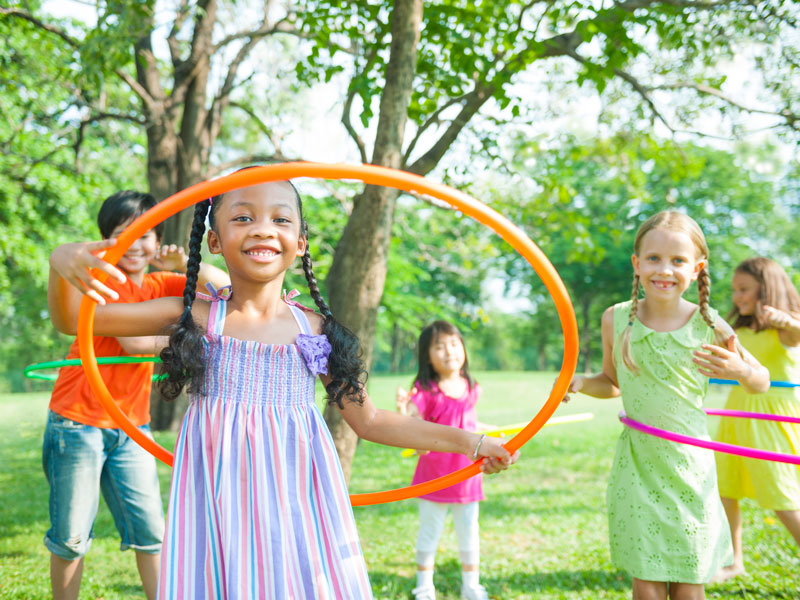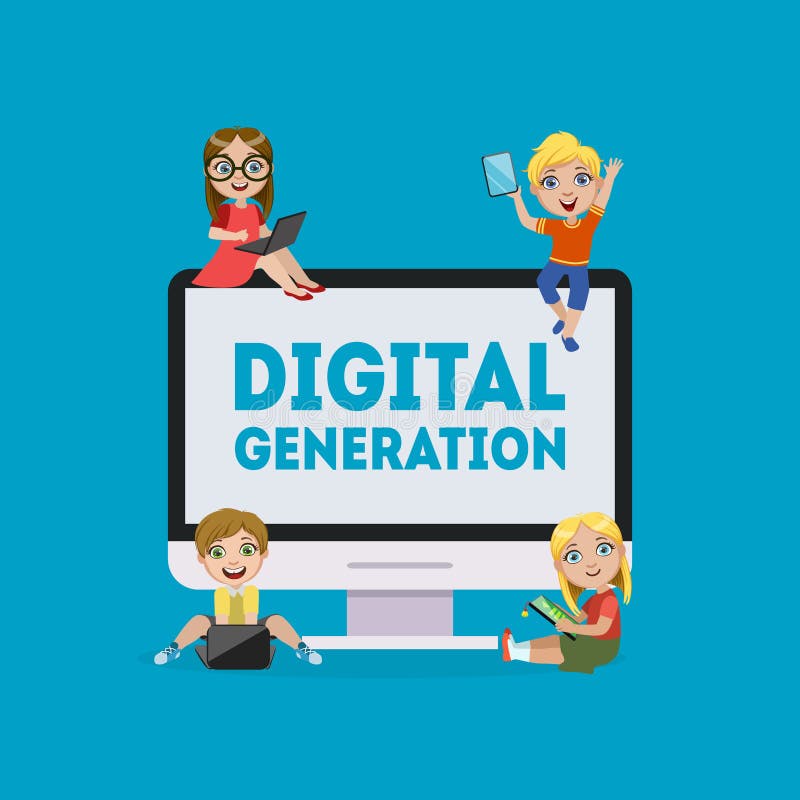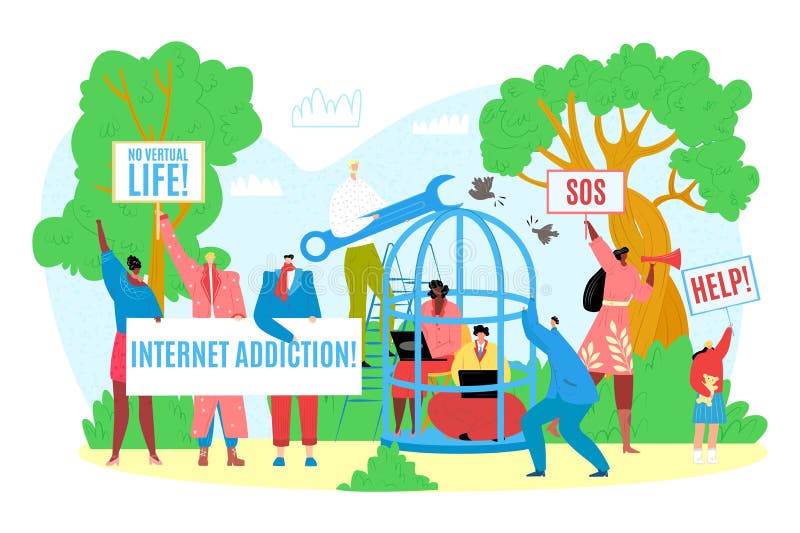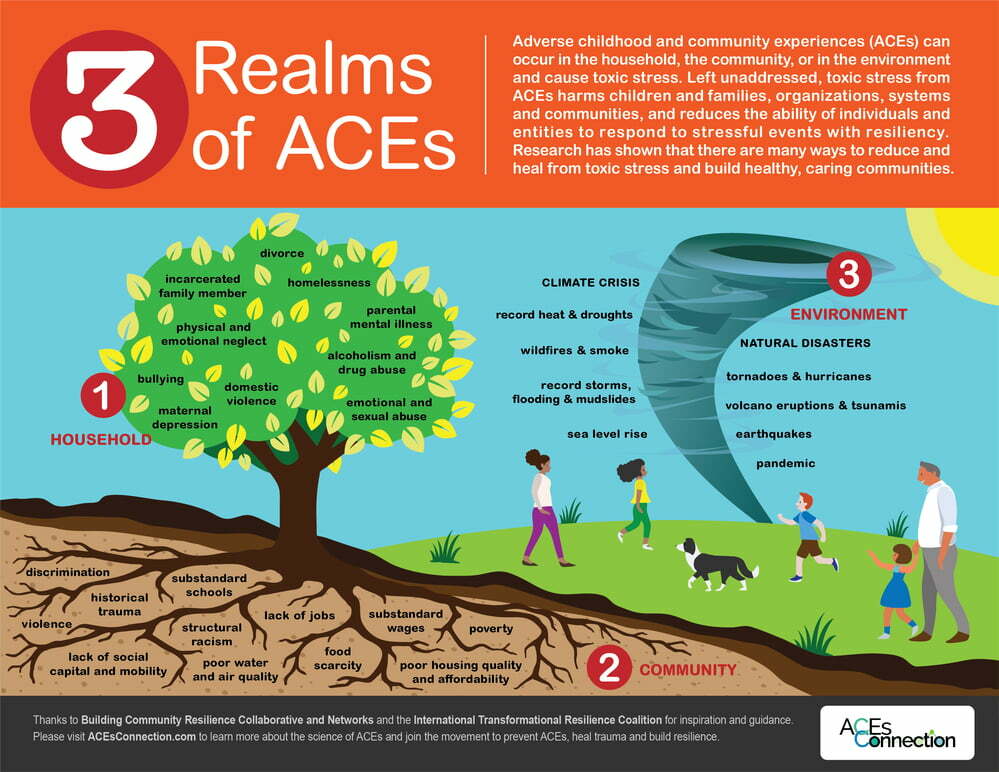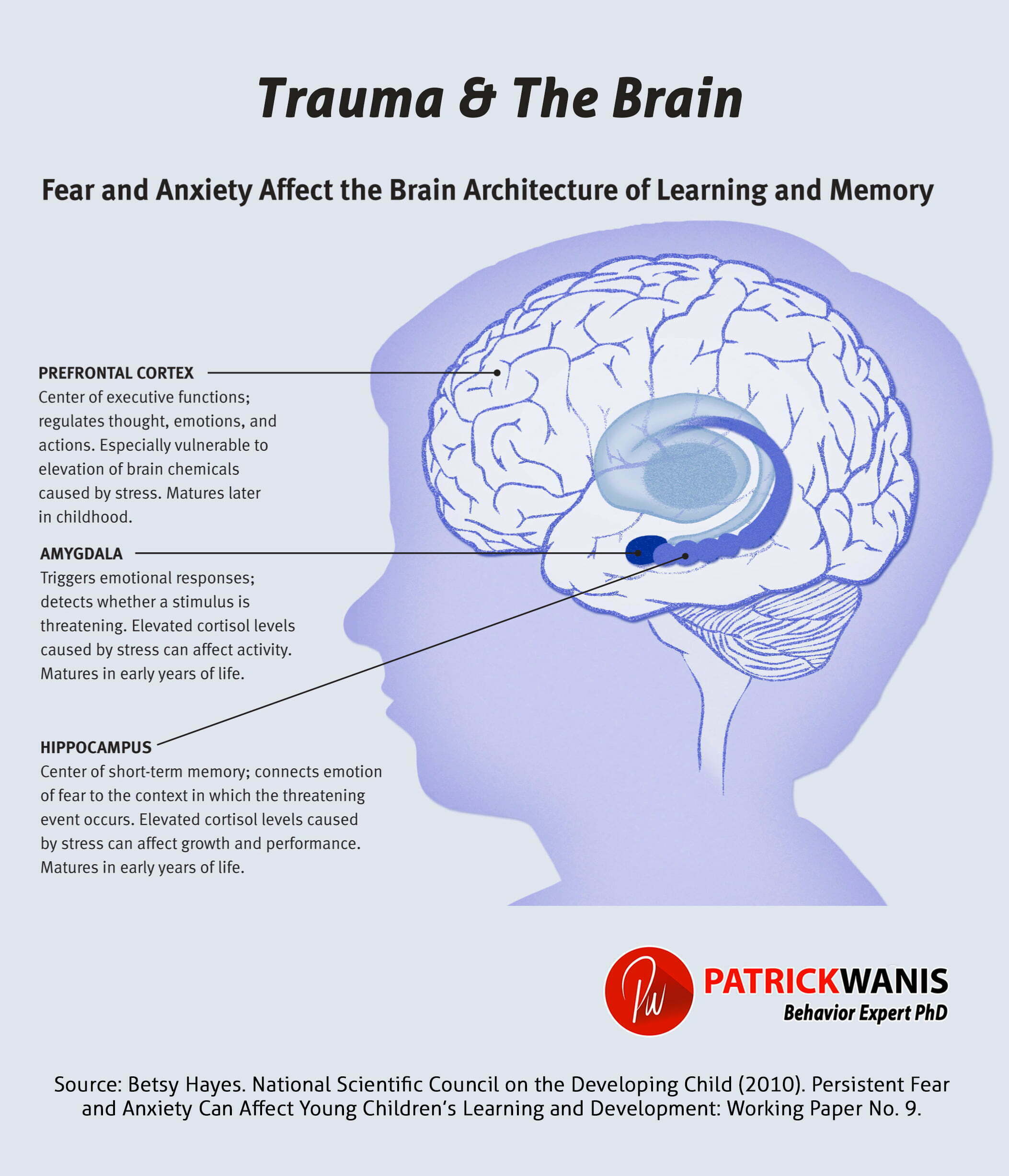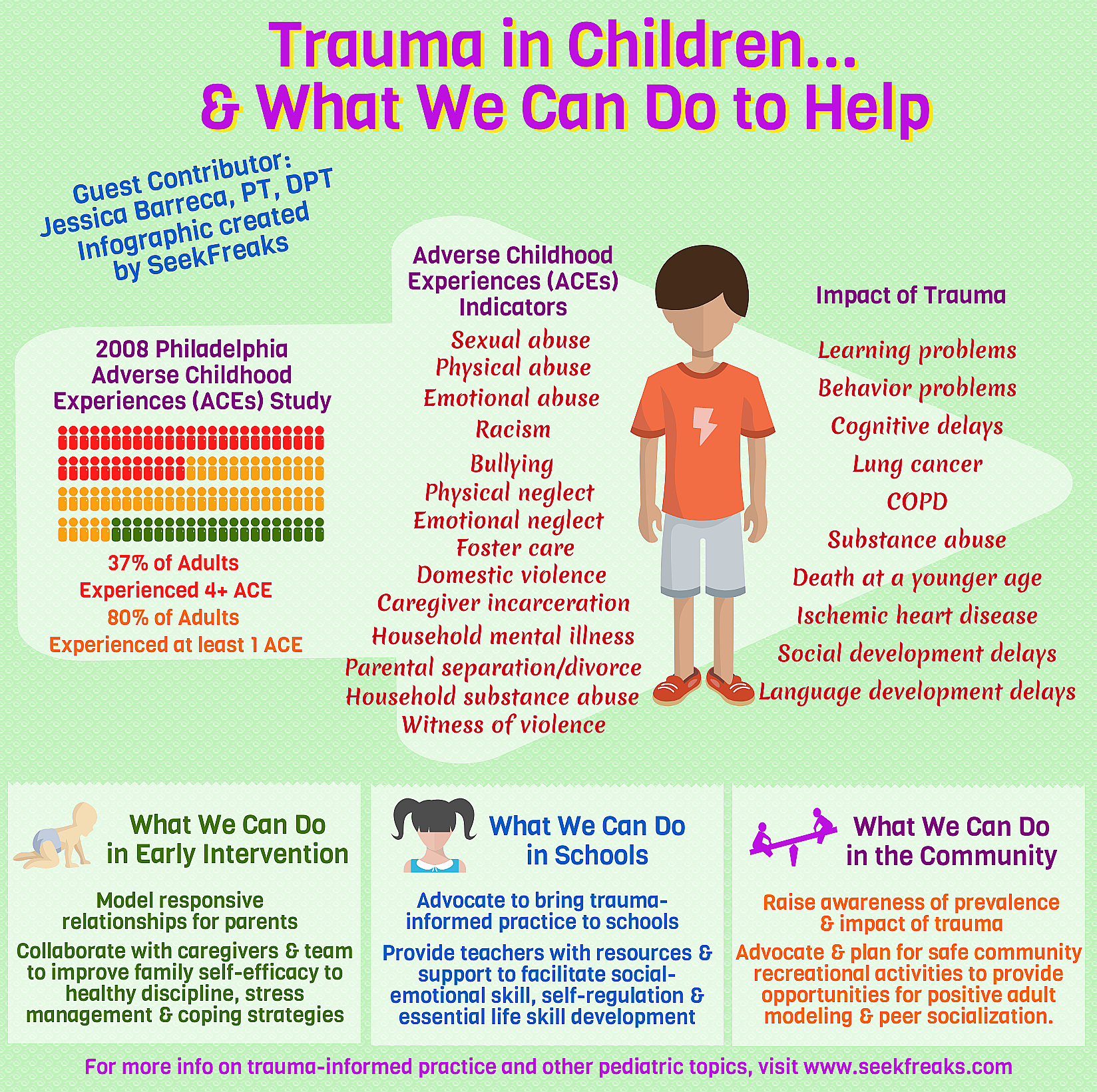There are numerous consequences that we might observe when examining the human brain. The frontal lobe, specifically the prefrontal cortex and the occipital lobe have all been demonstrated to be significantly impacted by the arts, as described in Posner 2009. The most important transfer, according to the information in the reading, is diligence. Long-term practice of an art or skill alters the brain in ways that affect more than just the area of the brain that is connected to that skill. Additionally, it has been seen that persistent attention results in tougher and more effective attention structures, and these important connections have a significant impact on cognitive abilities. According to the diagrams in the reading, the frontal lobe, which is where the movement arts is stored, is situated directly beyond the forehead, behind the temporal and parietal lobes. The prefrontal cortex regulates willpower, impulse control, attention control, and the creation of long-term memories. According to research, those who engage in the arts typically have a significant preference for long-term memory retention. The visual arts are stored in the occipital lobe, a region of the brain that is located behind the parietal lobe. This area of the brain is primarily responsible for visual perception, motion, and color. It is certainly obvious why fine arts hold the highest influence in this section of the brain as we have observed that this area of the brain has the greatest influence on the arts in terms of visual perception. Specific brain circuits underlie particular art forms, constancy in the task or art permits knowledge to become more efficient, and interconnections amongst some of the areas of the brain that perform different components of the task become much more tightly integrated. As the executive attention system becomes more effective, general cognition also advances, according to research data.

When watching the videos, you will notice that each one offers various first-hand accounts of the contributions that the arts make to society. When thinking about the song "Music" by Joss Stone with Lauryn Hill, it is clear that this song can benefit anyone who is struggling or who feels alone. A lot of music enables listeners to identify with the artist's shared experiences. Finding a way to deal with feelings and mental challenges that people frequently neglect is crucial when examining social emotional development. When ignored, those feelings eventually boil over and burst. As was demonstrated in the lecture, listening to music can increase empathy. Co-operation enhances the quality of music-making and serves as a significant tool for emotional identification among people from comparable backgrounds. When people are going through healing, reconciliation, or educational procedures, music can be helpful. The Uptown Funk Dance video was the ideal illustration of the beneficial impacts that music may have on a child's development. You can tell that everyone had to step outside of their comfort zones and work together to create this video, which encompassed the entire school. The video is undoubtedly meaningful to all engaged. Music unites people and brings them together which holds a higher significance than a lot of individuals understand. People in schools frequently feel intimidated by classmates and like they can't fit in, which is essential in particular because during the adolescent years, peers serve as the child's primary source of reinforcement. If it weren't for this possibility, a lot of people may not have made the effort to connect with one another and become friends. This video probably made that possible. This film illustrated how relationships can develop as a result. Harry's Alive Inside video clip concludes by demonstrating the joy that music can offer. However, this is also the reason we regard music the way we do—it frequently gives individuals delight they cannot find elsewhere. We can see Harry refusing to open his eyes in this video, but we can also see how his attitude was lifted by the arts. You can tell that when he heard the music, he was going back to earlier memories of his life and that it also helped him become friends with the worker. She undoubtedly developed a close personal bond with Harry, and it is clear that this increased his social comfort significantly. Because it significantly improves both physical and mental health, music is crucial.

When I think back on my own professional experience with children participating in music or the arts, I can say with certainty that I have personally witnessed the transformations that the arts bring to a child's life. One of my children loves music, and I work at a facility for autism. He is a teenager, so when we take breaks, we frequently go to listen to music. Even on his worst days, listening to music causes him to become a lot happier and more animated. When a child is exhibiting difficult behaviors, we frequently deliver the demand first and then reward them with their preferred type of music. Due to the child's love of music, songs are even used to teach household items and the difference between safe and harmful things. All areas of a child's growth and social preparedness are sparked by music. This covers cognitive, social and emotional, motor, linguistic, and general literacy. It aids kids in learning word meanings and sounds.

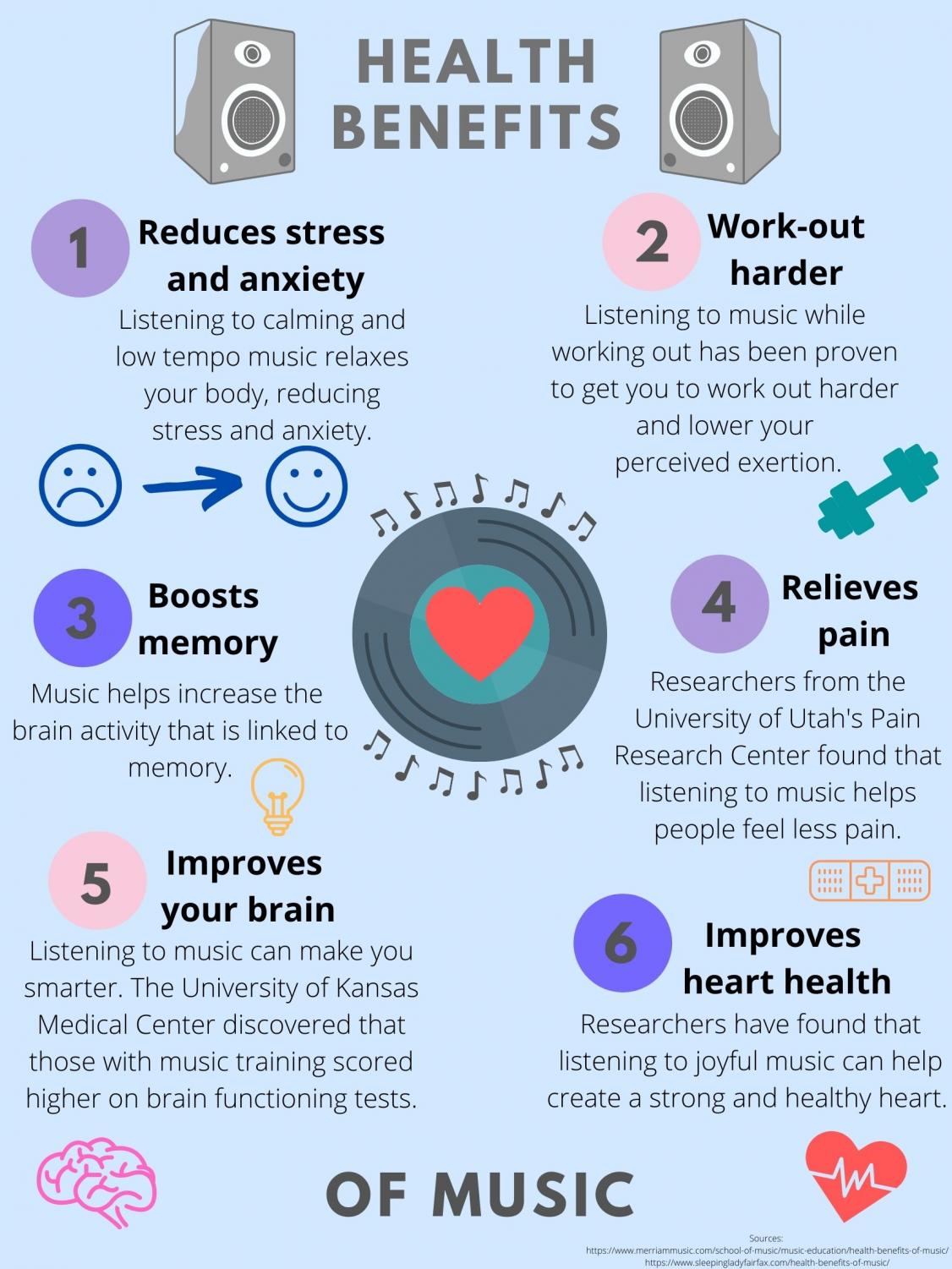
Your Brain on Music by the University of Central Florida is one academic tool that I found particularly helpful when researching the impact of the arts on the mind and brain. This article's detailed breakdown of the brain regions that music and the arts have an impact on made me really appreciate it. The details on which areas of the brain it impacts and the explanation of the greatest music stood out among other things. The temporal lobe was the section of the brain knowledge that I found most beneficial. The language center is used to process what we hear in this area of the brain, and we utilize it to appreciate music, which engages both hemispheres of the brain. I thought the explanation of the hippocampus, which creates and stores memories, was really helpful. Additionally, it controls emotional reactions and facilitates navigation. Although we are aware of the temporal lobe's role in the functioning of the brain, the description of it in the reading helped me comprehend that, while language is processed in the left hemisphere, music and sounds are understood on the right hemisphere. The explanation of how music can boost neurogenesis within the hippocampus, which allows for the formation of new neurons and enhances memory, was very helpful in the understanding of the hippocampus.
References:
Alive Inside Foundation. (2012, July 3). (ORIGINAL) ALIVE INSIDE clip of HENRY [Video]. YouTube. https://www.youtube.com/watch?v=Hlm0Qd4mP-I&feature=youtu.be
Ben Maz. (2011, May 14). Joss Stone - Music (lyrics) [Video]. YouTube. https://www.youtube.com/watch?v=VGrcDNpv4NQ
Music and the Brain: What Happens When You’re Listening to Music. (2019, October 30). Pegasus Magazine. https://www.ucf.edu/pegasus/your-brain-on-music/
